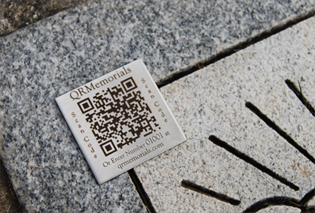If a deceased loved one was a music lover and you’d like to treat that person to an eternity of music (and we don’t mean from heavenly harps), now you supposedly can.
A company in Sweden, Pause, just released a new product called the CataCoffin and its CataCombo Sound System. It’s a $30,000 coffin that delivers “godlike comfort and heavenly sound”. The luxurious coffin includes “a revolutionary customized sound system for audiophiles on the other side”. You can customize playlists and let the music play for as long as you want.
How do you do this? A special tombstone above ground displays the playlists that can be customized by the deceased’s loved ones.
The commercial promoting the CataCoffin is a little eerie but you can judge for yourself. It will give you a good idea about the quality of the coffin and how the sound system works.
Pause company CEO, Fredrik Hjelmquist, owns the first manufactured model and says customers should feel free to add track to his playlist “Pause-4-ever”. If you’re in Stockholm, he invites you to head down to the Pause store at Norrlandsgatan 14 to see it for yourself.
Is this a real product? Supposedly it is.
For more information about coffins and other topics related to planning a funeral, go to www.diesmart.com.

